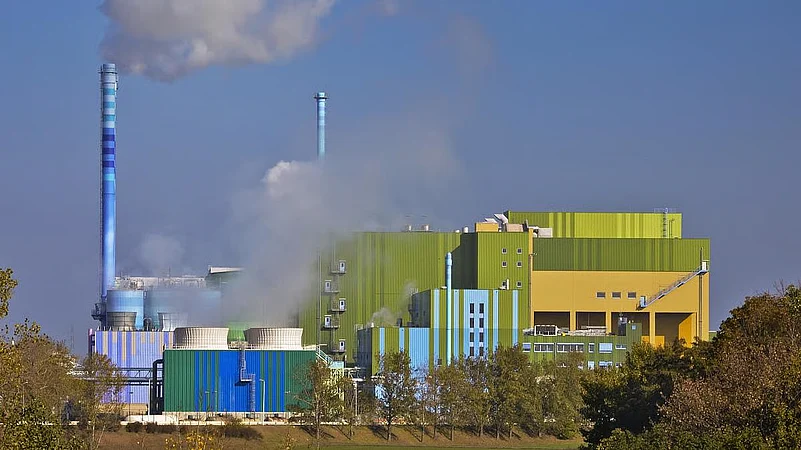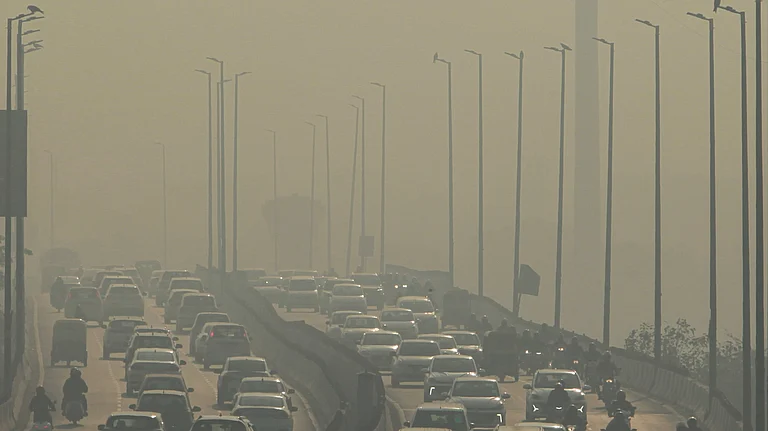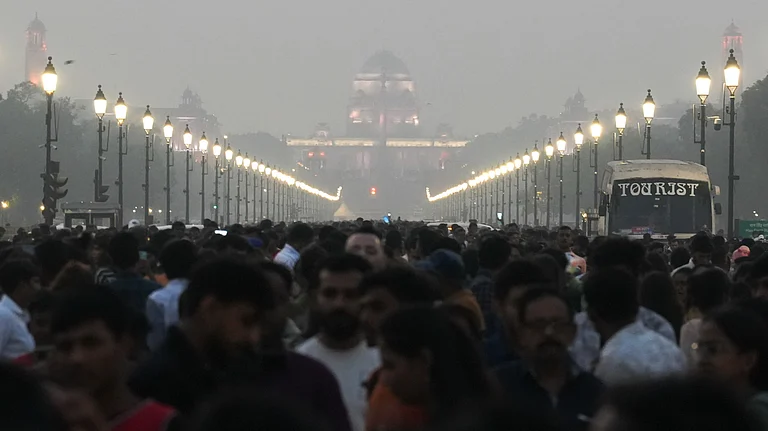All four waste-to-energy plants in Delhi located at Okhla, Ghazipur, Bawana and Tehkhand are largely compliant with regulatory norms and pose minimal risk to public health and the environment, according to a joint report by the Central Pollution Control Board and Delhi Pollution Control Committee.
The report, filed before the Supreme Court and the National Green Tribunal, says all four plants operate with pre-processing facilities that raise the calorific value of waste above 1,500 kilocalories per kilogram, in line with the Solid Waste Management Rules, 2016.
Stack emissions, including suspended particulate matter and heavy metals like nickel, meet stipulated standards, though dioxin, furan and cadmium plus thallium levels, exceed the norms at Bawana.
However, the estimated incremental cancer risk from dioxin emissions, even at that facility, remains well below the one-in-a-million threshold recognised by the United States Environmental Protection Agency.
Ambient air quality monitoring at the eight stations around the plants showed PM10 and PM2.5 occasionally breached the prescribed limits but were within the range seen across Delhi's 39 Continuous Ambient Air Quality Monitoring Stations (CAAQMS).
Elevated ozone and nickel levels were observed at some sites.
The report, however, notes that nickel exceedances are based on 24-hour data and not directly comparable with long-term averages and that the contribution of Waste To Energy (WTE) plants to these pollutants is negligible.
It calls for expanded nickel monitoring at Ghazipur and Bawana.
Regarding waste ash, bottom ash at three plants meets the norms, while fly ash meets the standards except in Bawana, where fly ash exceeds the norms for cadmium, manganese, lead and copper.
Leachate treatment data revealed that Bawana's treated effluent exceeds the norms for biochemical oxygen demand.
Ghazipur showed elevated levels of dissolved solids and chlorides, while Tehkhand reported exceedances for both chloride and phenolic compounds. Reuse practices also vary by plant.
Groundwater sampling detected cadmium, copper and lead within permissible levels across all the sites, though iron exceeded the limits in Bawana and Ghazipur.
Broader groundwater observations flagged exceedances in total dissolved solids, hardness, sulphates, nitrates and phenolic compounds around Bawana, Ghazipur and Tehkhand.
The report's modelled ground-level concentrations of particulate matter, sulphur oxides, nitrogen dioxide, dioxins and furans (both 24-hour and annual averages) are extremely low (under 0.05 microgramme per cubic metre) and well below the National Ambient Air Quality Standards.
Recently, the Central Pollution Control Board (CPCB) issued directions to ensure that all the WTE plants are equipped with real-time Online Continuous Emission Monitoring Systems and Online Continuous Effluent Monitoring Systems.
These systems must transmit data to the state pollution boards and the CPCB within three months. A draft guideline on municipal solid waste incineration-based WTE plants has also been posted for public consultation.
The report emphasises that if the stakeholders implement the recommended measures, including improved ash segregation, odour control, green belts and effluent treatment, the overall environmental and health impact of the WTE plants can be minimised.
The report comes amid heightened court scrutiny of WTE projects.
The Supreme Court has been issuing directions on segregation, monitoring and accountability relating to Delhi's waste management.
In April, a bench led by Justices Abhay S Oka and Ujjal Bhuyan directed the CPCB to study the environmental impact of the WTE plants and framed waste segregation, especially at source, as crucial for curbing pollution.
In a separate development in July, the Union Environment Ministry granted environmental clearance to a 30 megawatt WTE plant in Bawana, despite protests by nearby residents.
The Rs 660-crore project includes Rs 91.6 crore for pollution control and has provisions for wildlife conservation and healthcare outreach.
The residents criticised these assurances, citing air quality concerns and comparing the potential impact to the Okhla plant, which has long been a flashpoint of controversy.
The Supreme Court has sought a CPCB report on the plant's likely health and environmental impact.






























